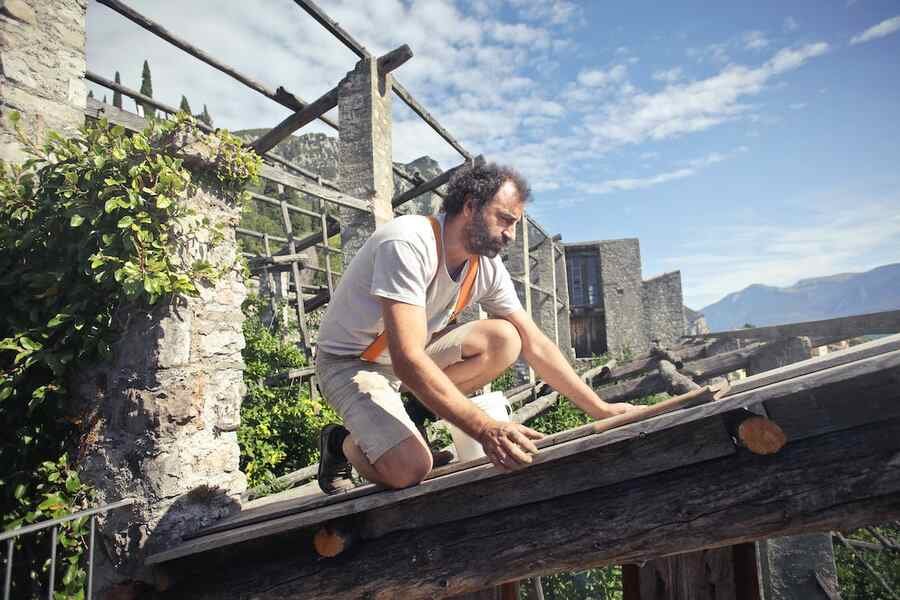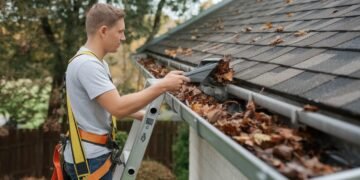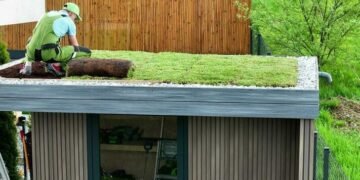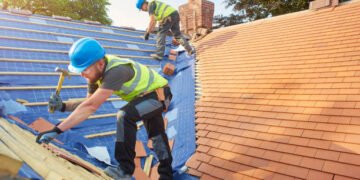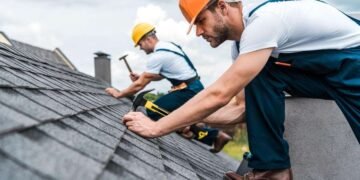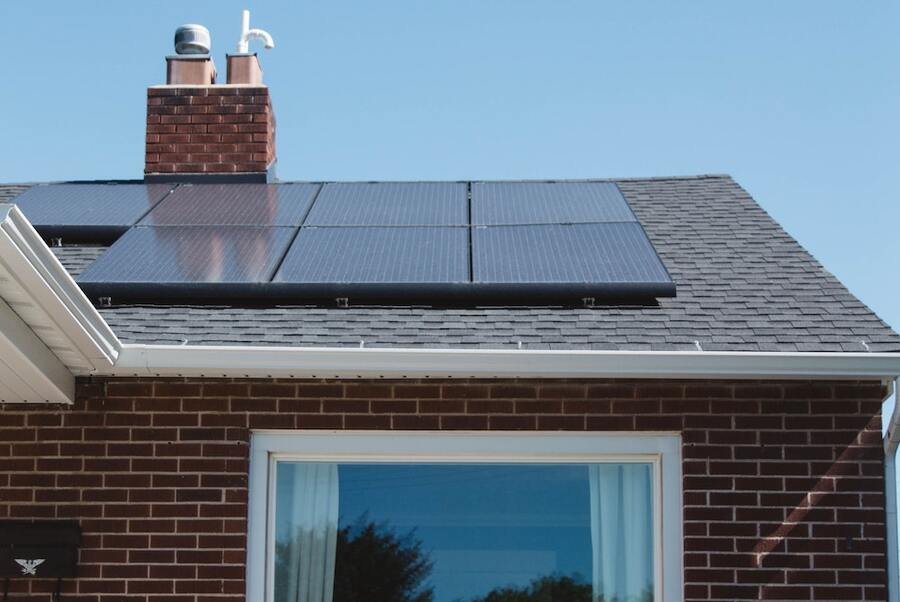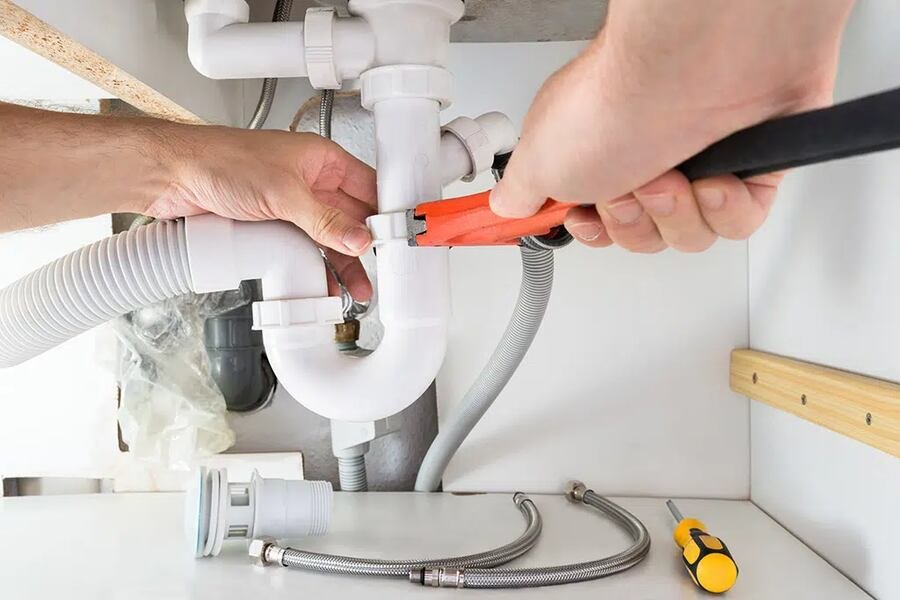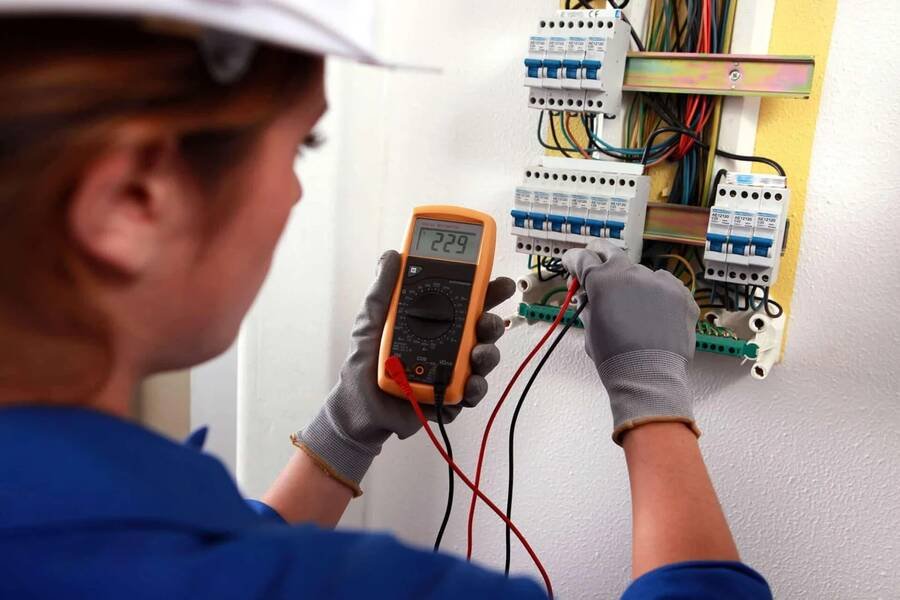When nature unleashes its fury in the form of a storm, your home’s first line of defense is often its roof. However, even the most robust roofs can succumb to the relentless assault of wind, rain, and hail. At times, even storms that don’t stick around for very long can cause a lot of damage to your roof. This is something that happened in Orange County, California a few months back.
KTLA reports that strong winds in Orange County led to a lot of structural damage, mostly due to trees falling down on properties. This led to plenty of damaged roofs as well. Thus, in the aftermath of a storm, renovating a damaged roof becomes a top priority for homeowners.
Whether you’re facing minor leaks or significant structural damage, embarking on a roof renovation journey demands careful consideration and strategic planning. In this article, we delve into the intricacies of renovating a storm-damaged roof, highlighting a few crucial things to remember.
Assessing the Extent of Damage
Before diving into renovations, it’s imperative to conduct a thorough assessment of the damage inflicted by the storm. Climbing onto the roof is essential to identify compromised areas. Look for missing or damaged shingles, weakened structural components, and potential water infiltration points. Interior inspection is equally vital, as water stains on ceilings and walls can indicate hidden damage.
If you’re not too sure about your judgment, don’t hesitate to call professional roofing contractors. This is exactly what many did in the storm incident discussed earlier. Those with damaged roofs got in touch with some of the most trusted roofers in Orange County. The roofers then looked into the damages and told people whether they needed a simple roof repair job or a full-on roof replacement.
According to Peak Builders Orange County, professional roofing contractors guarantee high-quality service and tailored solutions to the roofing problems at hand. At present, professional roofers also offer sustainable roofing solutions, which are beneficial for the environment. Therefore, if your roof needs to be assessed but you don’t want to do it yourself, don’t hesitate to hire a professional roofing contractor.
Prioritize Safety
Safety should always be the top priority during roof renovations, especially in the aftermath of a storm. Ensure the structural integrity of the roof before attempting any repairs. If there are concerns about stability, it’s crucial to consult with a structural engineer to assess the risk.
Also, practice caution when working at heights, use appropriate safety equipment, and be wary of unstable surfaces. Engaging professional roofing contractors with experience in storm damage restoration can significantly mitigate safety risks while ensuring a thorough and secure renovation process.
Insurance Claims and Documentation
Storm damage to your roof often translates into an insurance claim. To maximize your insurance coverage, meticulous documentation is key.
Take clear photographs of the damage, both exterior and interior, and maintain a detailed record of the incident, including the date and time. Contact your insurance provider promptly and provide them with the necessary documentation.
It’s advisable to familiarize yourself with your insurance policy and understand the coverage limits, deductibles, and any specific requirements for filing a claim. Timely and accurate communication with your insurance company will expedite the claims process and facilitate a smoother renovation experience.
According to Forbes, the national average cost of roof repairs in the US is $950. With insurance, you can bring down this cost to some extent.
Consider Modern Roofing Materials and Technologies
When renovating a storm-damaged roof, take the opportunity to explore modern roofing materials and technologies that enhance durability and resilience. Consider upgrading to impact-resistant shingles, which are designed to withstand the impact of hail and debris during storms. Also, explore advancements in roofing underlayment and ventilation systems to improve overall energy efficiency and moisture control.
Collaborate with your roofing contractor to choose materials that align with your climate, budget, and long-term maintenance goals. This ensures that the roof not only recovers from storm damage but is better prepared for future challenges.
Address Hidden Damage and Water Intrusion
Storm damage is not always visible on the surface. Water intrusion, in particular, can lead to hidden structural damage if left unattended.
During the renovation process, focus on identifying and addressing any concealed issues such as rotting wood, compromised insulation, or mold growth. Repairing these underlying problems is crucial for the long-term health of your home and can prevent future issues related to moisture damage. Consult with professionals who specialize in both roofing and water damage restoration to ensure a comprehensive approach to hidden damages.
Sustainable Roofing Practices
In the wake of a storm, homeowners often find themselves compelled to restore their homes quickly, sometimes overlooking sustainable roofing practices. However, without ensuring sustainability, it becomes difficult to reap the long-term benefits of the repair or renovation job.
Therefore, use sustainable materials if possible for renovating the roof. You should also install a skylight to allow sunlight to enter the house.
Also, consider installing solar panels as part of your roof renovation to harness renewable energy and reduce your reliance on traditional power sources. Embracing sustainability not only benefits the environment but also positions your home for resilience in the face of future climatic challenges.
Plan for Future Storm Preparedness
The renovation process provides a unique opportunity to fortify your home against future storms. Collaborate with your roofing contractor to implement design modifications or reinforcements that enhance your home’s ability to withstand extreme weather events. This may include securing roof attachments more effectively, reinforcing trusses, or investing in advanced storm-resistant roofing materials.
According to a study published in Nature, storms in the US will continue getting stronger. At the same time, the number of storms is also expected to increase in the country. Integrating these proactive measures during the renovation phase can save you from extensive damage in the future.
Wrapping Up
In conclusion, renovating a storm-damaged roof is a multifaceted undertaking that demands careful consideration, strategic planning, and a commitment to safety. By approaching the process with these points in mind, you can repair the visible roof damages and also fortify your homes against future storms.
Recommended Posts:

